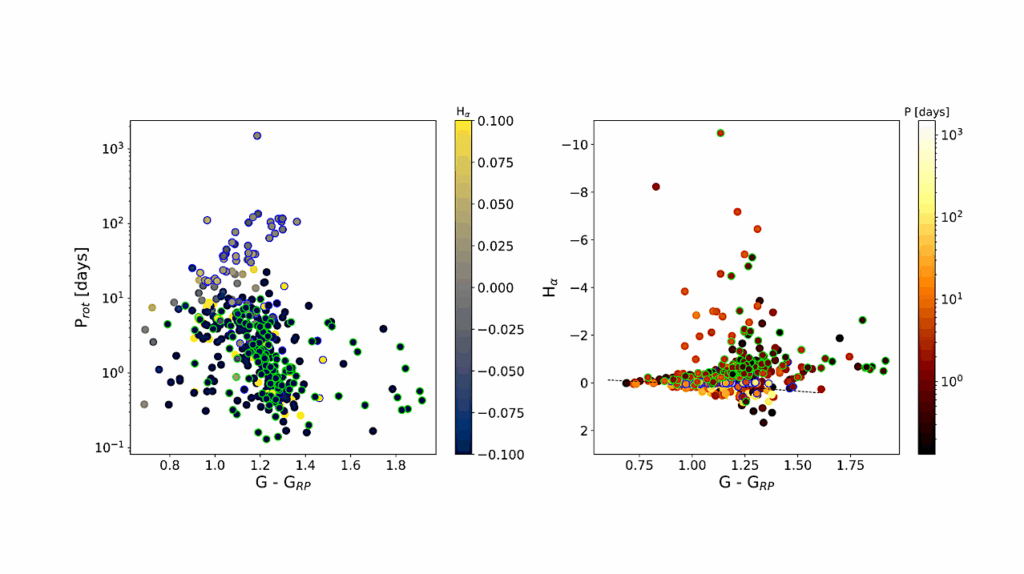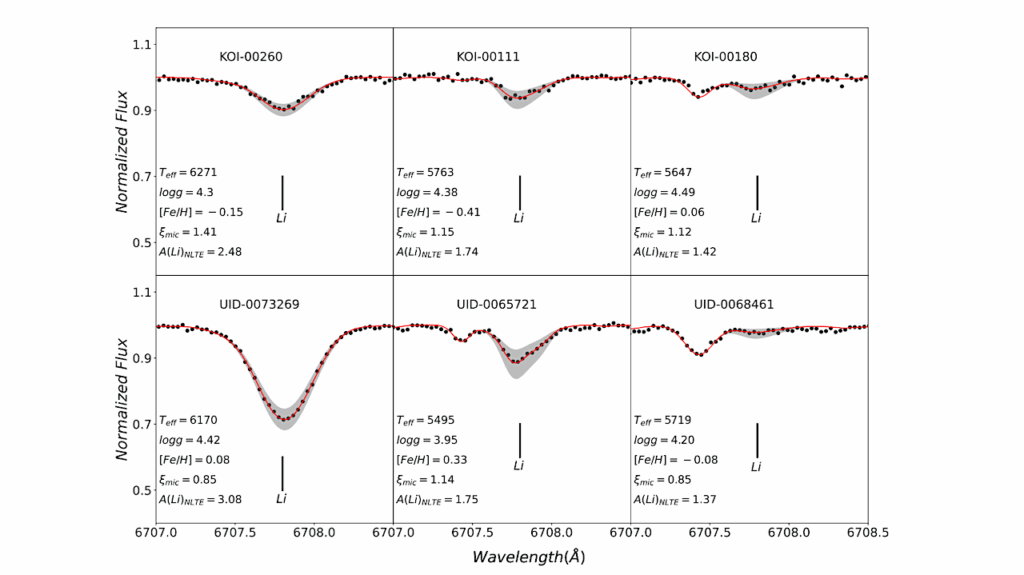MHD Study of Planetary Magnetospheric Response During Extreme Solar Wind Conditions: Earth and Exoplanet Magnetospheres Applications

Context: The stellar wind and the interplanetary magnetic field modify the topology of planetary magnetospheres. Consequently, the hazardous effect of the direct exposition to the stellar wind, for example regarding the integrity of satellites orbiting the Earth or the habitability of exoplanets, depend upon the space weather conditions.
Aims: The aim of the study is to analyze the response of an Earth-like magnetosphere for various space weather conditions and interplanetary coronal mass ejections. The magnetopause stand off distance, open-close field line boundary and plasma flows towards the planet surface are calculated.
Methods: We use the MHD code PLUTO in spherical coordinates to perform a parametric study regarding the dynamic pressure and temperature of the stellar wind as well as the interplanetary magnetic field intensity and orientation. The range of the parameters analyzed extends from regular to extreme space weather conditions consistent with coronal mass ejections at the Earth orbit for the present and early periods of the Sun main sequence. In addition, implications of sub-Afvenic solar wind configurations for the Earth and exoplanet magnetospheres are analyzed.
Results: The direct precipitation of the solar wind at the Earth day side in equatorial latitudes is extremely unlikely even during super coronal mass ejections. On the other hand, for early evolution phases along the Sun main sequence once the Sun rotation rate was at least 5 times faster (< 440 Myr), the Earth surface was directly exposed to the solar wind during coronal mass ejections. Nowadays, satellites at High, Geosynchronous and Medium orbits are directly exposed to the solar wind during coronal mass ejections, because part of the orbit at the Earth day side is beyond the nose of the bow shock.
J. Varela, A. S. Brun, A. Strugarek, V. Reville, P. Zarka, F. Pantellini
Subjects: Earth and Planetary Astrophysics (astro-ph.EP); Solar and Stellar Astrophysics (astro-ph.SR)
Cite as: arXiv:2203.02324 [astro-ph.EP] (or arXiv:2203.02324v1 [astro-ph.EP] for this version)
Submission history
From: Jacobo Varela [view email]
[v1] Fri, 4 Mar 2022 14:07:24 UTC (4,964 KB)
https://arxiv.org/abs/2203.02324
Astrobiology,








